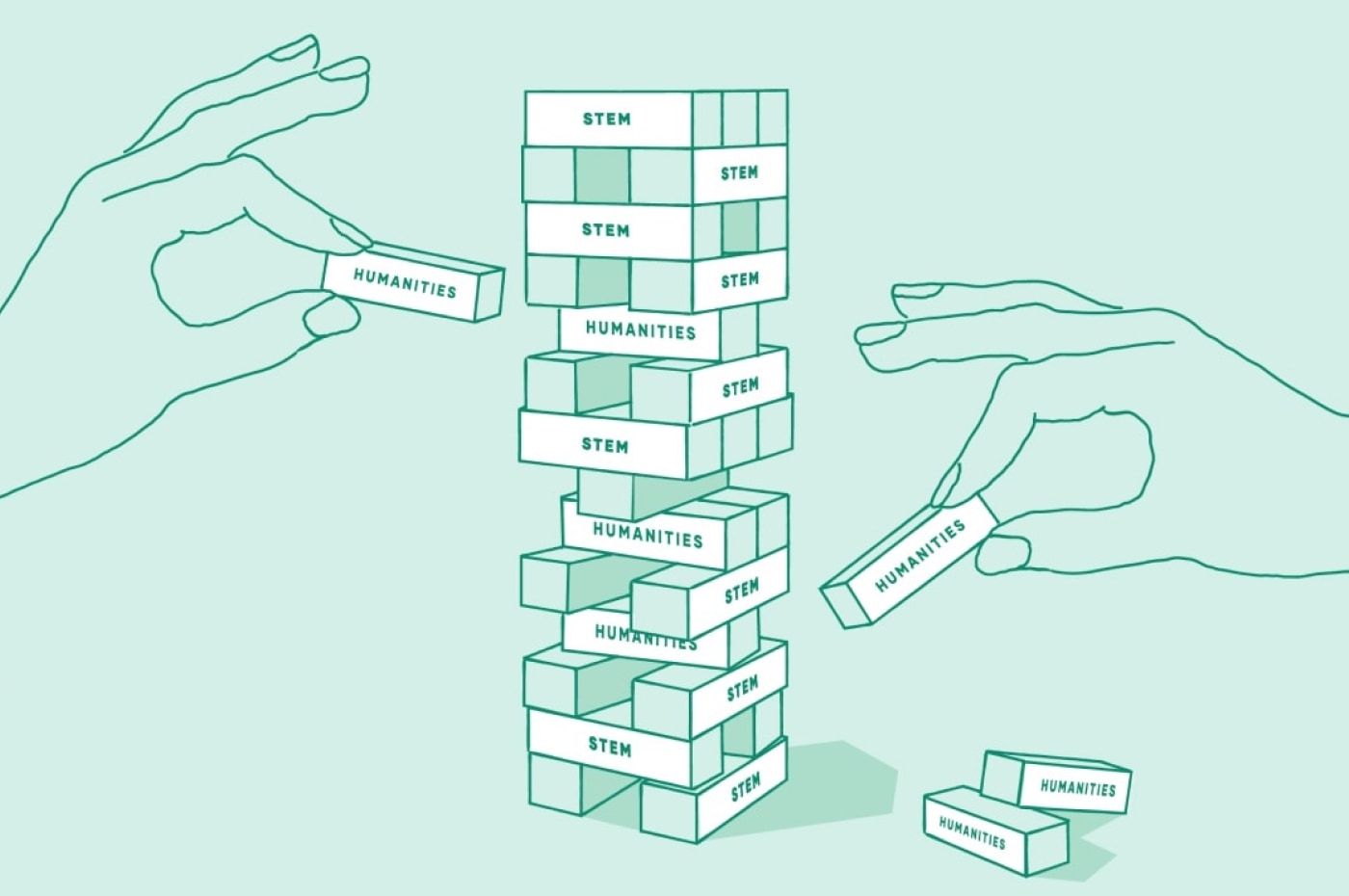Recommended ReadsOctober 27th, 2020
Intelligence isn’t just in our heads. It’s in our bodies as well.

I recently learned a fact about octopuses that stayed with me: two thirds of their intelligence is in their arms.
“The majority of their 500 million neurons are in their arms, which can not only touch but smell and taste – they quite literally have minds of their own.” (The Guardian)
It got me thinking about the types of ‘intelligence’ we hold in our own limbs, particularly when we are trying to understand people and problems. Intelligence is commonly seen as purely cerebral, while the sources that shape our understanding – our senses – are overlooked.
There is the art of listening (aural sense) – perceiving beyond the words being said, hearing the pauses between words, the emotion (or lack of emotion) behind what is being said.
The art of observation (visual sense) – learning from someone’s body language or gestures, using visual aids to spark conversation and deepen understanding.
The art of tactility (touch sense) – using physical objects to invite communication in non-verbal ways, building tangible things to explore shared understanding.
I’m yet to explore taste and smell specifically in my research practices but I have learned that others are using the art of olfaction to identify, analyse and archive the smells of cultural pasts.




